Commentary: What kids need -- and adults need to know -- to combat the youth mental health crisis
Published in Op Eds
Starting this fall students in New York will join those in other states like California in not being able to access cellphones during the day. These bans are the culmination of years of education and activism by parents, teachers and researchers concerned about the effect of technology not only on academic performance but also on children’s mental health.
There is no doubt that having fewer screens and fewer hours of screen time will help students stay on task. But early indications show the bans haven’t really moved the needle on the larger issue. It’s possible what’s required is the reduction of the presence of laptops and tablets, too, and perhaps younger students who have not spent so many years with screens in the classroom will do better thanks to the bans in the long run.
For now the bans’ minimal gains may merely point to other factors contributing to what many agree is a youth mental health crisis. Ending it will be more complicated than instituting “bell to bell” phone bans.
Some mental health factors have developed over long periods of time. Family disintegration may be the most significant one. Today, 40% of births in the U.S. occur outside of marriage; in 1990, the rate was 28%. What’s more, only 21% of parents see marriage and 20% see parenthood as important for their children.
“Kids growing up in what used to be called ‘broken homes’ are at greater risk of depression, especially during adolescence,” explains Kay Hymowitz of the Manhattan Institute.
“Older generations,” she adds, “have shredded the most legible scripts for becoming an adult — namely, those of marriage and parenthood … (which) offer people guidance on how to form the stable, intimate connections that are so essential to human flourishing.”
Similarly, the decline in religious affiliation among American families could be adding to the problem. Not only do young people lose a sense of purpose when religion is out of the picture, but they also have fewer opportunities for connection to others in the community.
According to the Pew Research Center, only 5% of Americans had no religion in 1972. By 2020, the number of those without a religion had risen to almost 30%. If current trends continue, half of Americans will not have a religion by 2070.
As scholar Michelle Shain notes, religion is “a powerful predictor of mental health for millennial teens.” An extensive longitudinal study revealed that two-thirds of the teens who attended religious services weekly reported that they rarely or never felt depressed. By contrast, only half of the teens who never attended religious services said the same. “Teens who said they felt very close to God,” Shain says, “also reported feeling depressed less often than teens who felt distant from God or who didn’t believe in God at all.”
At the same time, a bleak worldview appears to be contributing to their anxiety and depression. Of course, parents can discuss major events with their children (most experts say starting around 8 years of age, or kids of any age who broach a subject). In a calm, factual, and patient manner, parents can reassure their children that while the events are scary, they are safe. Yet many parents and teachers believe that they must properly prepare kids for adulthood by telling them that the world is a dangerous place rife with apocalyptic scenarios, that people have bad intentions, and that they are under threat.
This view is common not only in classrooms but in young adult literature, such as the best-selling dystopian “Hunger Games” series, about teens who must fight one another to the death. Another popular book, “The Hate U Give,” features a young Black girl who became an activist after her friend is murdered by a police officer.
In the course of his research on “primal beliefs,” Robert Pondiscio of the American Enterprise Institute has documented negative effects of “teaching children that the world is bad and exposing them to credible and influential adults who hold or promote a dark view of the world and humanity.” People who view the world as both safe and intriguing are more likely to flourish.
Indeed, it seems as though one of the reasons that girls may be suffering from anxiety and depression more than boys is that they are more susceptible to these dark ideas, particularly when they are filtered through social media. As Zach Goldberg of Florida State’s Institute for Governance and Civics shows by mining data from the Monitoring the Future national datasets, girls are more likely to exhibit traits like neuroticism, conscientiousness and “justice sensitivity”; they are more likely to take to heart news about societal issues such as racism, inequality and oppression that they read online. And they spend a lot of time on social media, which in turn makes it all worse.
Finally, there are the rising rates of cannabis use among young people. In a national survey of substance use, nearly 20% of those age 18 or older reported using cannabis at least once in 2021; in 2022, according to Monitoring the Future data, 30% of 12th-graders had used cannabis in the last year. While there is some evidence that cannabis use among adolescents has declined in states that have legalized it, those who were users seem to be engaging more frequently.
Many teens use the drug in order to medicate for anxiety. In some of them it may only contribute to anxiety. And unfortunately, as levels of potency in marijuana have increased so have rates of cannabis use disorder. Ken Winters and Holly Waldron point to research from around the world has shown that “heavy cannabis use can significantly elevate the risk of developing a chronic, persistent psychosis disorder, particularly if high-potency THC products (e.g., greater than 15 percent THC potency) are used around adolescence.”
Parents want their children to be happy, but we find ourselves moving further and further away from that end. Maybe we are working toward the wrong goal. Instead of happiness per se, we must help our children find purpose and meaning in life and equip them to be independent, which means allowing them to take risks and make mistakes, form significant bonds with other people even if those bonds sometimes lead to sadness.
Parents and teachers need to curb their instinct to shield children from the normal stresses and disappointments in life. Adults’ plans to help children achieve short-term happiness — through more freedom, fewer attachments, loosened rules and fewer moments of boredom and discomfort — have led them adrift.
_____
Naomi Schaefer Riley is a senior fellow at the American Enterprise Institute. Sally Satel is a psychiatrist and a senior fellow at the American Enterprise Institute. They are the editors of “Mind the Children: How to Think About the Youth Mental Health Collapse.”
_____
©2025 Los Angeles Times. Visit at latimes.com. Distributed by Tribune Content Agency, LLC.


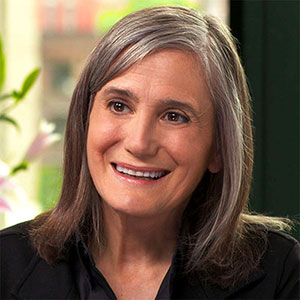
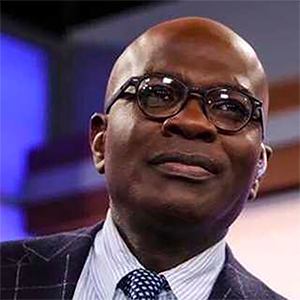

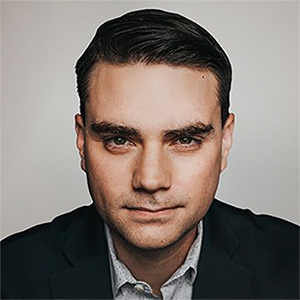
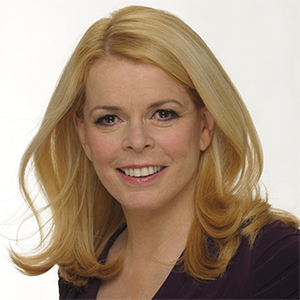
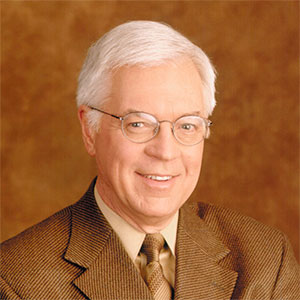



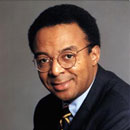




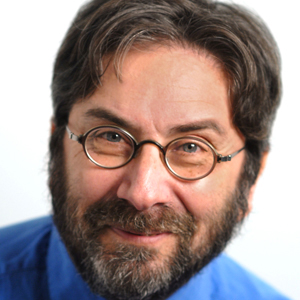
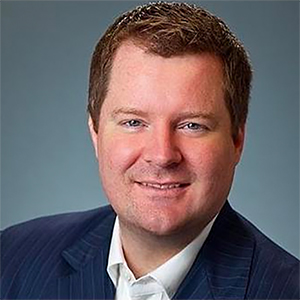
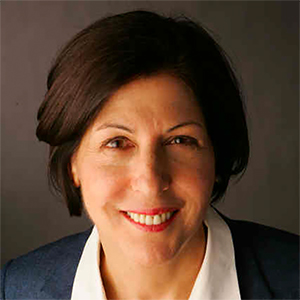

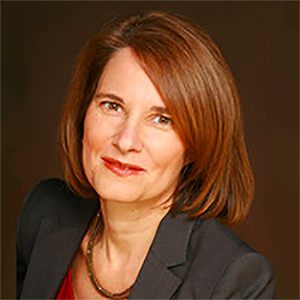





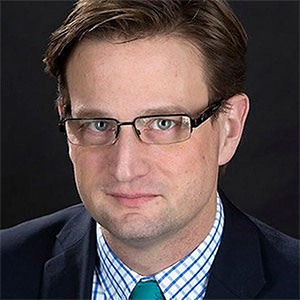
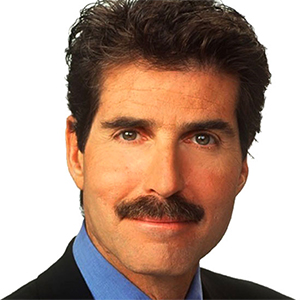
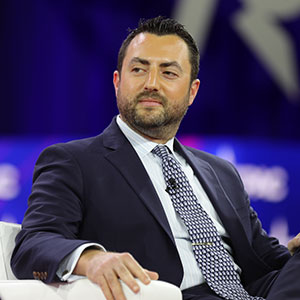
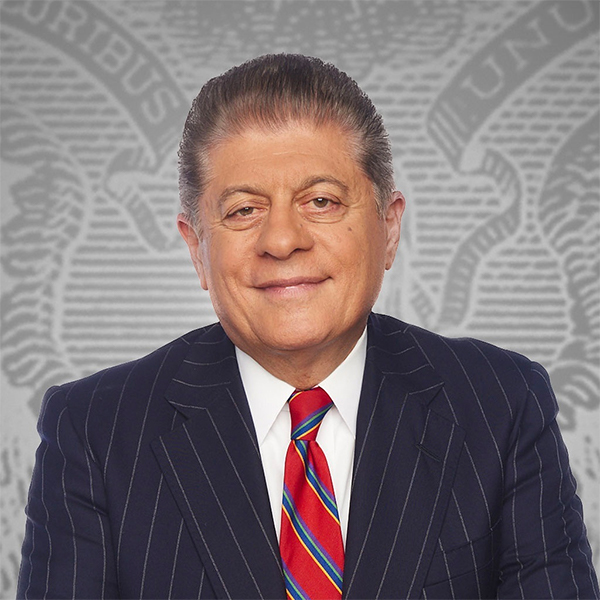
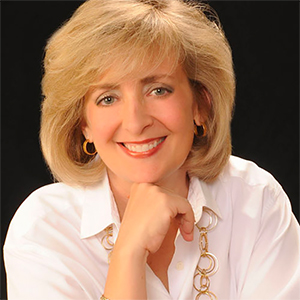

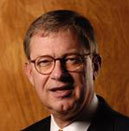


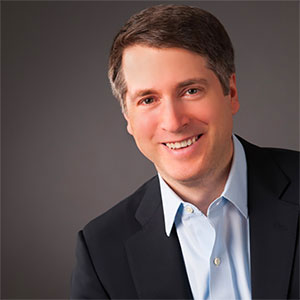
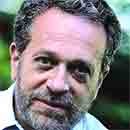

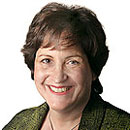
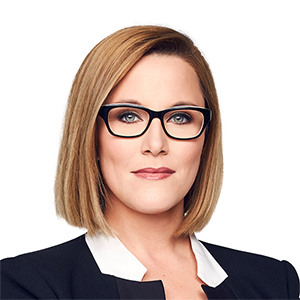

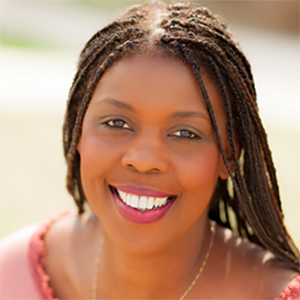


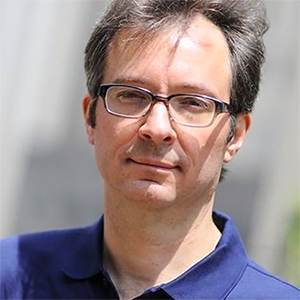
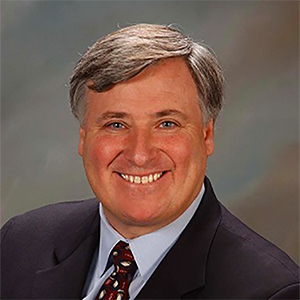
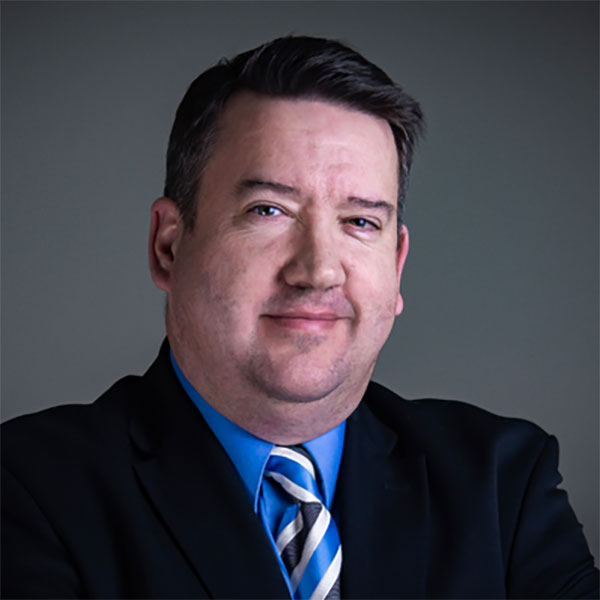
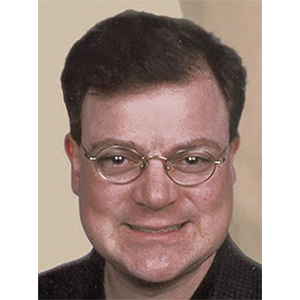
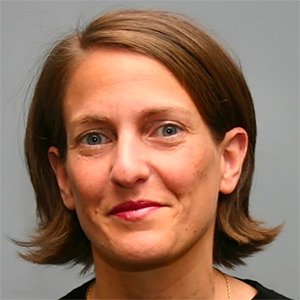

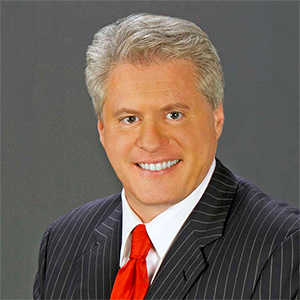






Comments